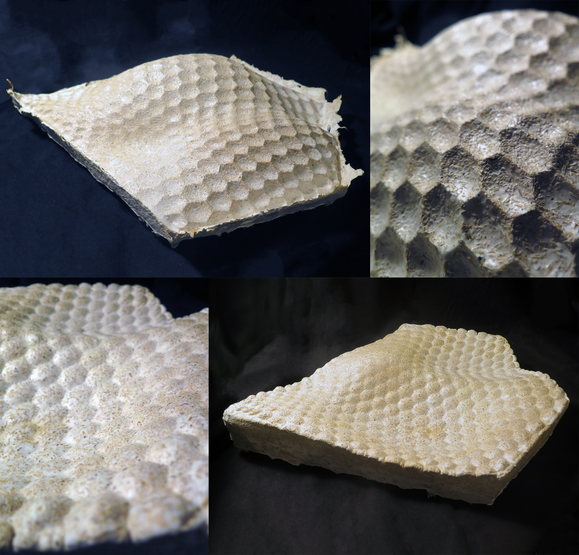Denmark (Royal Danish Academy) New research promises intelligent and living materials for the future

How can we build more sustainably by constructing materials from living cells with intelligent properties? A new international research project based at the Royal Danish Academy will examine how living fungi, in collaboration with bacteria, can produce sustainable materials with computational capabilities in the future. The research project has been granted by the EU Commission under the EIC Pathfinder funding instrument.
The EU Commission has just granted a co-funded 4 million EURO project for a “cutting edge” research project led by Phil Ayres, Professor of Biohybrid Architecture, at the Royal Danish Academy. The project will investigate engineered living materials (ELMs) – that is, materials composed of living cells that maintain biological activity within use-case scenarios. The project will critically investigate how such materials can contribute to the grand societal challenge of producing more sustainable materials in a resource conscious manner. It will do so by including novel citizen science approaches to the design of biomaterials. The project will also investigate the novel functionalities of these materials such as their inherent intelligent, adaptive and self-healing properties.
A growing construction sector will need materials and resources
“In the coming decades, it is projected that we will have a global shortage of key resources and materials, despite forecasts of a near doubling of material demand up to 2060. This will not only affect the construction sector, but all sectors immensely, ” says Phil Ayres. “Our aim is that the results of the research can be of decisive importance in relation to creating new material streams and production methods with biological, intelligent materials for the construction industry and beyond, which can make material production more resource-saving and environmentally friendly”.
